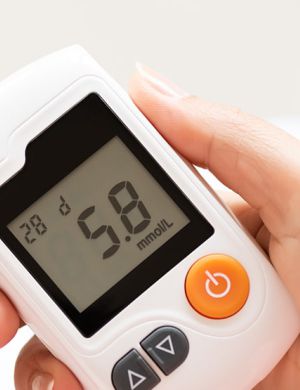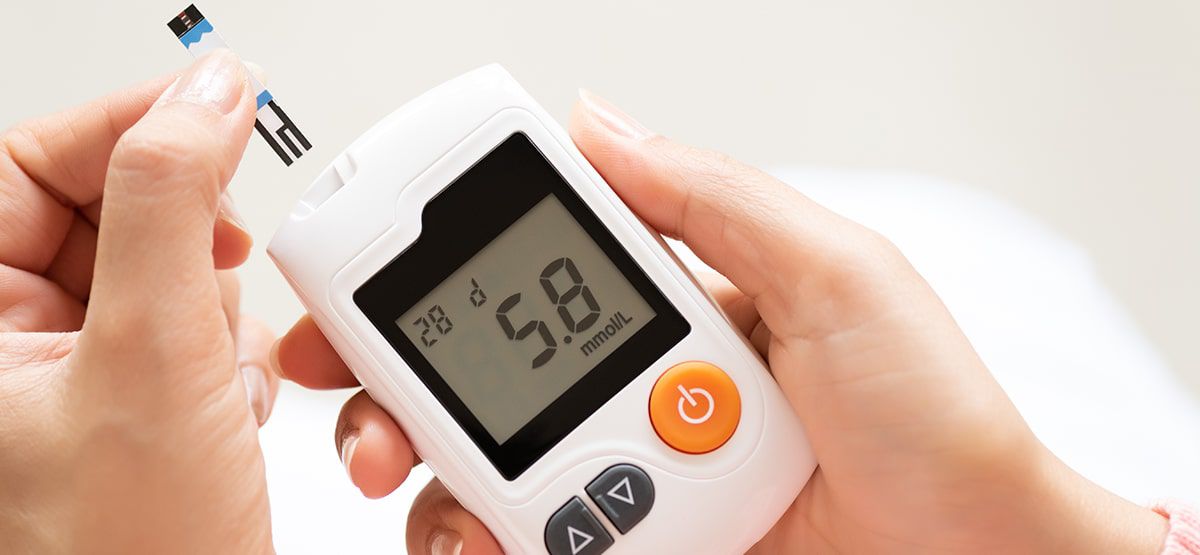
MDR Regulations – Impact on Medical Devices
The EU Medical Device Regulation (MDR), effective since May 26, 2021, has brought significant changes to the global medical device industry.
Outlined below are seven major ways the MDR is influencing the sector:
- Increased Regulatory Requirements The MDR introduces stricter rules for medical devices, including enhanced clinical evidence, more robust post‑market surveillance obligations, and greater oversight by notified bodies.
- Higher Compliance Costs Manufacturers are now required to invest in new technology, specialized staff, and training to meet the MDR’s detailed requirements, resulting in higher overall compliance costs.
- Longer Product Development Timelines Due to the more stringent regulatory framework, regulatory approvals take longer, delaying product launches and increasing development expenditures.
- Limited Availability of Notified Bodies Many notified bodies have withdrawn from the program, reducing the number of entities authorized to certify devices under the MDR and creating bottlenecks for manufacturers.
- Increased Transparency Manufacturers must now disclose more detailed product information, including clinical data, technical documentation, and post‑market surveillance updates.
- Impact on Non‑EU Manufacturers The MDR applies to any manufacturer that intends to market its medical devices in the EU, regardless of whether the company is based within the EU.
- Global Ripple Effect The MDR’s influence extends beyond Europe, as many countries are expected to adopt similar regulatory frameworks, reshaping global medical device regulation.
Compliance with the MDR continues to be a significant challenge for medical device companies worldwide. While the regulation aims to enhance device safety and performance, it has also created substantial hurdles, particularly due to capacity limitations among notified bodies and the demanding transition requirements. To maintain patient access to essential devices, the European Commission introduced extended transition periods based on device risk class.
A major impact of the MDR on device development is the requirement for more extensive documentation and detailed information on both devices and manufacturing processes. This increases the administrative burden and associated costs.
The MDR also heightens the regulatory burden by requiring more comprehensive testing and clinical data before devices can be approved. Smaller companies and startups often face greater difficulties due to resource constraints. Additionally, the revised classification system assigns more stringent requirements to higher‑risk devices, making market entry more challenging.
Despite significant differences between pharmaceuticals and medical devices—especially regarding user interaction—the MDR is expected to increase development and certification costs similarly across industries. Startups and SMEs are particularly affected, as they must allocate more resources toward complex clinical trials, usability studies, laboratory testing, and rising certification fees driven by increased personnel and notified‑body costs.
Overall, while the MDR strengthens device safety and performance, it also brings new compliance challenges and financial burdens. Over time, the industry is expected to adapt, enabling continued growth and innovation within the European medical device market.
—
EU MDR Date Changes
The MDR entered into force in May 2017 and became fully applicable on May 26, 2021.
Transition Period for Medical Devices Certified Before May 26, 2021:
- Class III and Class IIb implantable high‑risk devices: transition extended until December 31, 2027 (excluding sutures, staples, dental fillings, braces, crowns, screws, wedges, plates, wires, pins, clips, and connectors)
- Medium‑ and lower‑risk devices (selected Class IIb, Class IIa, Class I devices): transition extended until December 31, 2028
- Class III implantable custom‑made devices: transition until May 26, 2026 (manufacturers must apply for conformity assessment by May 26, 2024)
Devices already placed on the market before the transition deadlines may continue to be made available without time restrictions.
Manufacturers must submit MDR conformity‑assessment applications for legacy devices by May 26, 2024, in accordance with Annex VII.
Transition Period for Class III Implantable Custom‑Made Devices
A specific transition period until May 26, 2026, is provided to allow manufacturers additional time to obtain notified‑body certification.
For in vitro diagnostic medical device:
The Medical Devices Regulation is complemented by Regulation on in vitro diagnostic medical device that became applicable on 26 May 2022. In January 2022.
Transition period:
Ranging from 26 May 2025 for high-risk in vitro diagnostics to 26 May 2027 for lower risk in vitro diagnostics and to 26 May 2028 for certain provisions concerning devices manufactured and used in health institutions.
Obligations of Manufacturer:
- Only manufacturers with valid MDD/AIMDD certificates (these are still subject to unannounced surveillance audits) and those who have taken reasonable steps to transition to the EU MDR will be granted the extended timelines
- There are no significant changes in design or intended purpose of medical devices (if so, manufacturers must automatically transition to the EU MDR)
- The devices do not post any unacceptable risk to health and safety, patients and users
- A Quality Management System (QMS) is in place by May 26, 2024
Learn how we can help your medical device company navigate the new regulations and stay ahead of the competition
Don’t miss out! Click here to stay in touch.
Categories
- Biopharma (58)
- Consumer Health (21)
- Cosmetics (11)
- Diagnostics (5)
- Digital Health (8)
- Food (2)
- Medical Device (112)
- OTC (5)
- Regulatory Intelligence (13)
- Standards (41)
Recent Blogs
Get the latest updates from Vistaar

Related Posts
CONNECT WITH US

Let's talk about how Vistaar can help you




